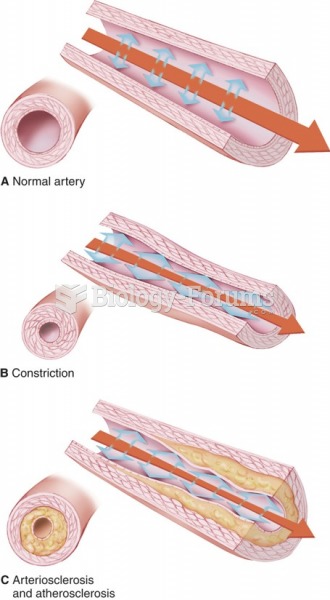This topic contains a solution. Click here to go to the answer
|
|
|
Did you know?
According to the National Institute of Environmental Health Sciences, lung disease is the third leading killer in the United States, responsible for one in seven deaths. It is the leading cause of death among infants under the age of one year.
Did you know?
Blood is approximately twice as thick as water because of the cells and other components found in it.
Did you know?
There are more nerve cells in one human brain than there are stars in the Milky Way.
Did you know?
In 1864, the first barbiturate (barbituric acid) was synthesized.
Did you know?
Fewer than 10% of babies are born on their exact due dates, 50% are born within 1 week of the due date, and 90% are born within 2 weeks of the date.







